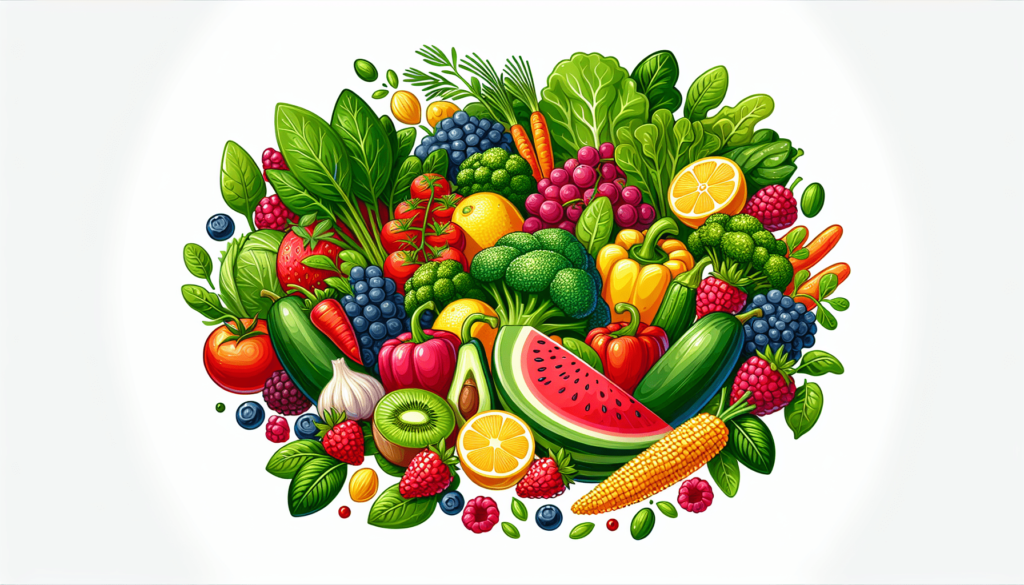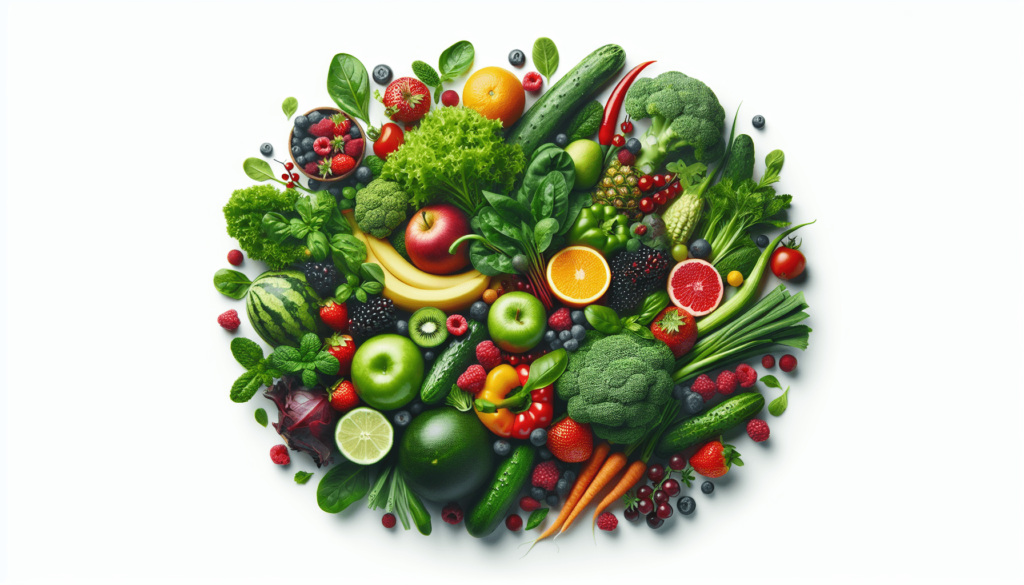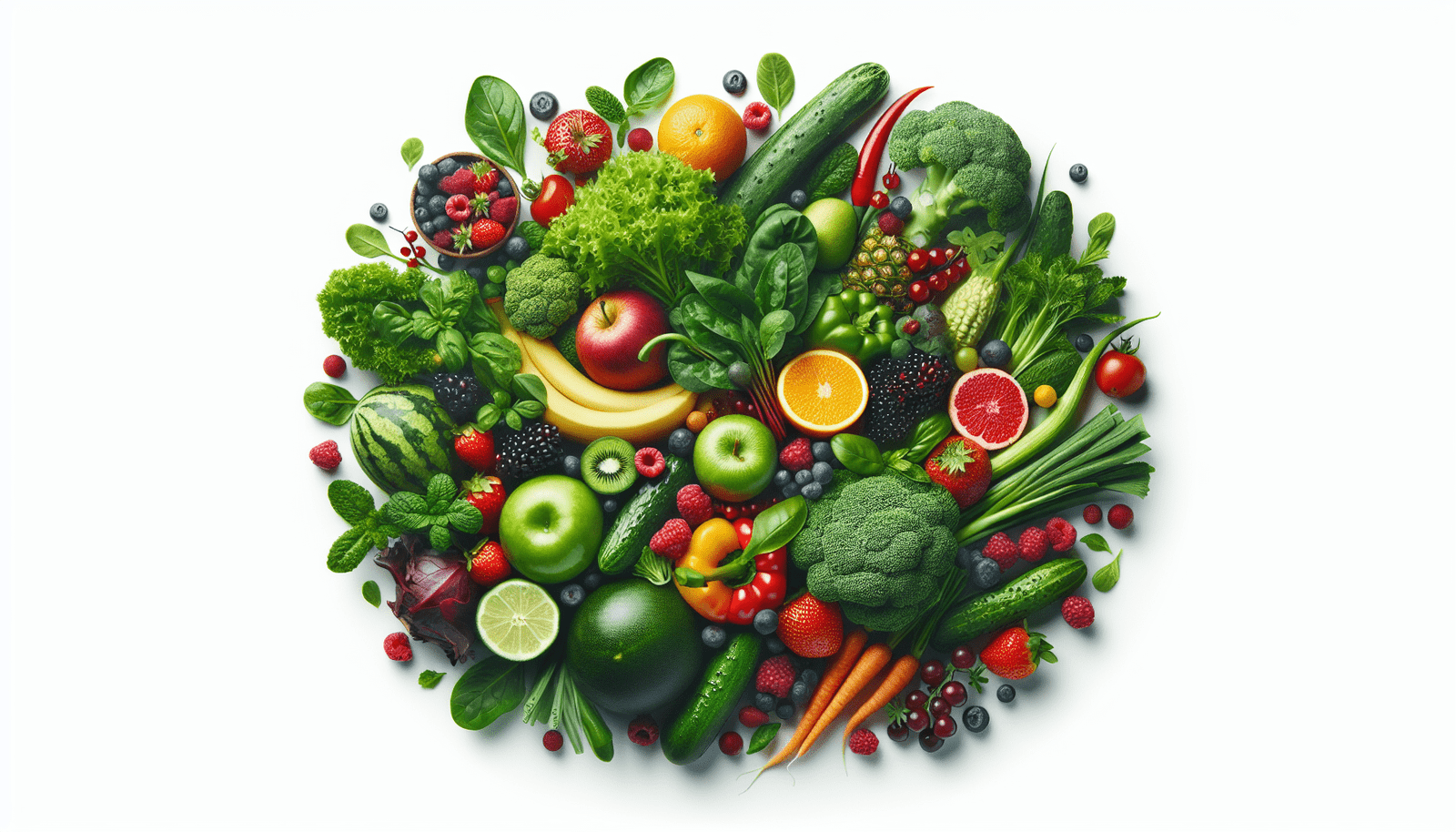Welcome to an exploration of the benefits and risks of the raw food diet. By incorporating more raw fruits, vegetables, nuts, and seeds into your diet, you may experience increased energy, clearer skin, and weight loss. However, it’s important to be aware of potential nutrient deficiencies and food safety concerns associated with consuming only raw foods. Let’s dive into the fascinating world of raw food nutrition to discover if this diet is right for you. Have you ever considered trying a raw food diet? If you’re curious about the potential benefits and risks of eating raw, fresh, uncooked foods, you’ve come to the right place!

What is a Raw Food Diet?
When you follow a raw food diet, you consume foods in their natural state, without cooking or processing them. This means eating plenty of fruits, vegetables, nuts, seeds, and sprouted grains. The theory behind the raw food diet is that cooking destroys enzymes, vitamins, and minerals found in foods, making them less nutritious.
A raw food diet is believed to provide a higher intake of nutrients and antioxidants due to the lack of cooking which may destroy some of these essential components.
What Foods are Included in a Raw Food Diet?
In a raw food diet, you can enjoy a wide variety of foods in their fresh, uncooked form. Here are some examples of foods typically included in a raw food diet:
- Fruits: Berries, citrus fruits, apples, bananas, and more
- Vegetables: Leafy greens, cucumbers, bell peppers, and carrots
- Nuts and seeds: Almonds, walnuts, chia seeds, and flaxseeds
- Sprouted grains: Quinoa, buckwheat, and barley
- Sea vegetables: Nori, dulse, and kelp
Are There Different Types of Raw Food Diets?
Yes, there are different variations of the raw food diet. Some people follow a 100% raw food diet, while others include some cooked foods in their diet. Here are a few variations of the raw food diet:
- Raw vegan diet: Consists of raw fruits, vegetables, nuts, seeds, and sprouted grains, excluding all animal products.
- Raw vegetarian diet: Similar to a raw vegan diet but may include raw dairy products, eggs, and honey.
- Raw omnivorous diet: Includes raw meats, fish, and eggs along with raw fruits and vegetables.
Benefits of a Raw Food Diet
There are several potential benefits to following a raw food diet. Here are some of the advantages you may experience by adopting this way of eating:
Increased Nutrient Intake
Raw foods are typically high in essential vitamins, minerals, and antioxidants. By consuming these foods in their natural state, you may benefit from higher nutrient levels compared to cooked foods.
Improved Digestion
Eating a raw food diet provides your body with essential digestive enzymes, which can support optimal digestion and nutrient absorption. These enzymes are typically destroyed during the cooking process.
Weight Loss
Many people find that following a raw food diet helps them lose weight and maintain a healthy body weight. Raw foods are often lower in calories and higher in fiber, which can support weight loss efforts.
Improved Energy Levels
Consuming fresh, raw foods can help boost your energy levels, making you feel more alert and energized throughout the day. The high nutrient content of raw foods can fuel your body with essential vitamins and minerals.
Reduced Inflammation
Some people report a reduction in inflammation when following a raw food diet. Raw foods are naturally anti-inflammatory and can help reduce inflammation in the body, leading to improved overall health.
Risks of a Raw Food Diet
While there are potential benefits to following a raw food diet, there are also some risks to consider. It’s essential to be aware of these potential drawbacks to make an informed decision about whether a raw food diet is right for you.
Nutrient Deficiencies
A raw food diet may be lacking in essential nutrients, such as vitamin B12, iron, calcium, and omega-3 fatty acids. It’s essential to carefully plan your meals to ensure you’re meeting all of your nutritional needs.
Digestive Issues
Some people may experience digestive issues when first transitioning to a raw food diet, such as bloating, gas, and stomach discomfort. It’s essential to introduce raw foods gradually and listen to your body’s cues.
Food Safety Concerns
Raw foods can be more susceptible to contamination and foodborne illnesses, such as E. coli and Salmonella. It’s crucial to wash and handle raw foods properly to reduce the risk of foodborne illness.
Difficulty Meeting Caloric Needs
Raw foods are often lower in calories compared to cooked foods, which can make it challenging to meet your daily caloric needs. It’s important to consume a variety of nutrient-dense foods and include sources of healthy fats to support energy levels.
Social Challenges
Following a raw food diet may present challenges in social situations, such as dining out with friends or family. It’s essential to communicate your dietary preferences and needs to ensure you have options when eating out.
Tips for Success on a Raw Food Diet
If you’re interested in trying a raw food diet, here are some tips to help you succeed on your journey:
Gradually Transition
Instead of making drastic changes overnight, consider gradually transitioning to a raw food diet. Start by incorporating more raw fruits and vegetables into your meals and slowly phase out processed and cooked foods.
Plan Balanced Meals
To ensure you’re meeting all of your nutritional needs, plan balanced meals that include a variety of fruits, vegetables, nuts, seeds, and sprouted grains. Consider working with a nutritionist or dietitian to create a meal plan that supports your health goals.
Experiment with Recipes
Get creative in the kitchen and experiment with raw food recipes to keep your meals interesting and flavorful. There are plenty of resources available online for raw food recipes and meal ideas.
Stay Hydrated
Consuming raw foods can help keep you hydrated, but it’s essential to drink plenty of water throughout the day to support optimal hydration. Consider adding fresh fruits and herbs to your water for added flavor.
Listen to Your Body
Pay attention to how your body responds to a raw food diet and make adjustments as needed. Everyone’s nutritional needs are different, so it’s essential to listen to your body’s cues and make changes accordingly.

Conclusion
A raw food diet can offer several potential benefits, such as increased nutrient intake, improved digestion, weight loss, and reduced inflammation. However, it’s essential to be aware of the risks associated with a raw food diet, including nutrient deficiencies, digestive issues, and food safety concerns.
If you’re considering trying a raw food diet, take the time to educate yourself on the potential benefits and risks and consult with a healthcare professional or dietitian before making any significant dietary changes. By approaching a raw food diet mindfully and thoughtfully, you can enjoy the potential benefits while minimizing the risks.

